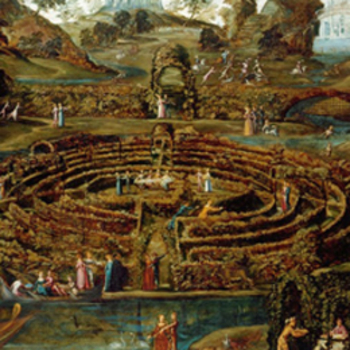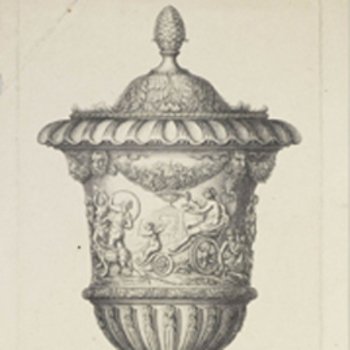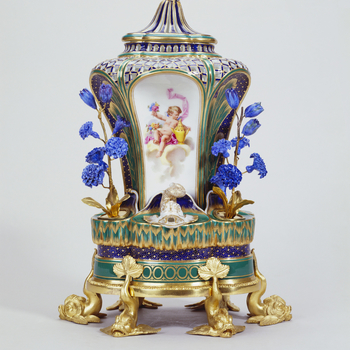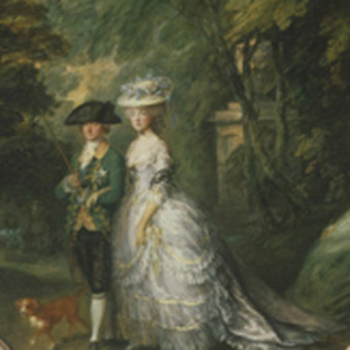
Painting Paradise: The Art of the Garden

The family of George II, William Hogarth ©
Gardens are where man and nature meet. They change by the hour, day to day, and with the seasons. They carry associations about the status, approach to life, and sometimes even the political affiliations of their creators. Gardens may be intended for public enjoyment or private delight; they may be open to the masses or closed to all but a chosen few. They may be places of scientific study, havens for the solitary thinker, spaces for flirtation and for love.
Presented with its many manifestations, artists have looked at the garden in different ways, extracting and emphasising those facets unique to their culture and their age. At the same time individual elements drawn from the garden, whether architectural or botanical, have at certain periods come to the fore and taken their place in the decorative arts of western Europe. This exhibition explores the ways in which the garden inspired artists and craftsmen between 1500 and the early twentieth century.








